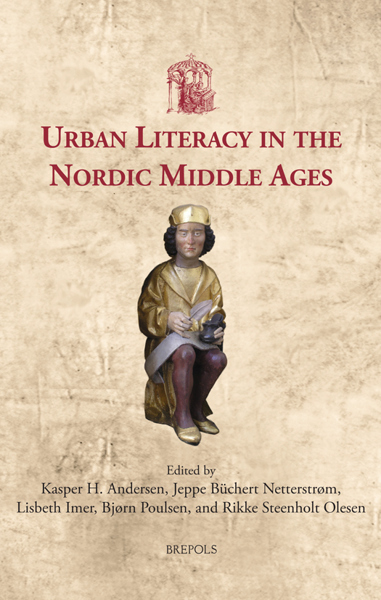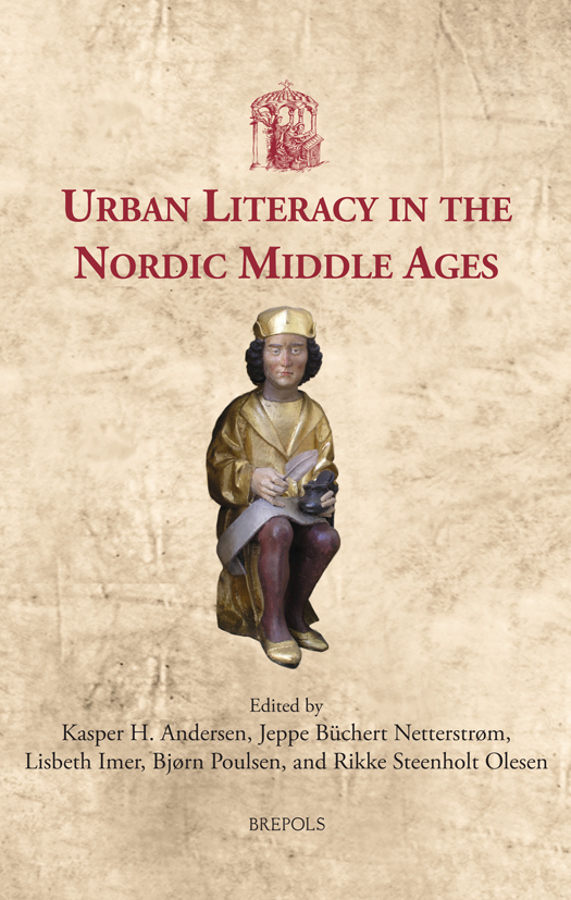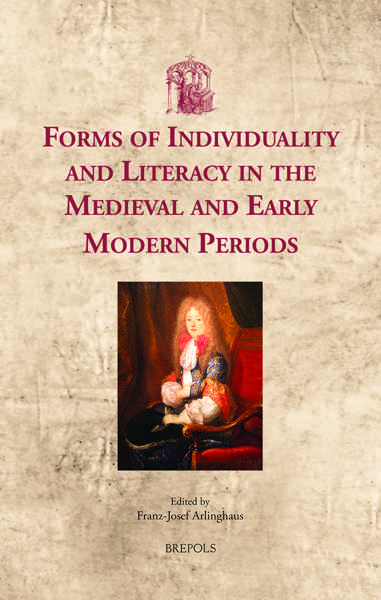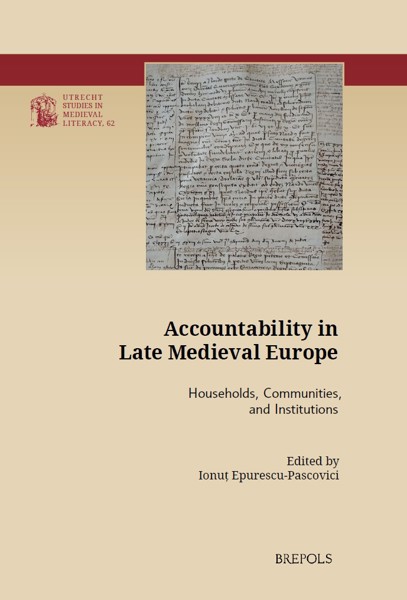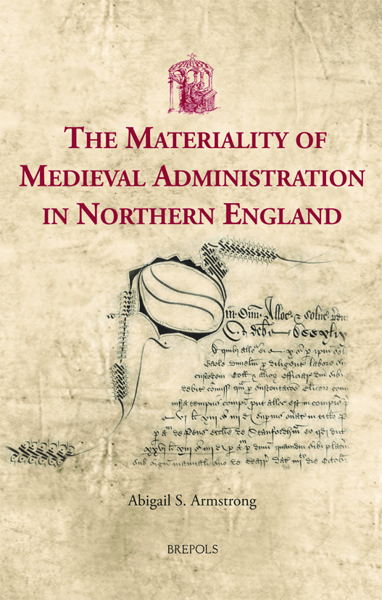
Urban Literacy in the Nordic Middle Ages
Kasper H. Andersen, Jeppe Büchert Netterstrøm, Lisbeth Imer, Bjorn Poulsen, Rikke Steenholt Olesen (eds)
- Pages: xv + 465 p.
- Size:156 x 234 mm
- Illustrations:46 b/w, 2 maps b/w
- Language(s):English
- Publication Year:2021
- € 120,00 EXCL. VAT RETAIL PRICE
- ISBN: 978-2-503-59674-7
- Hardback
- Available
- € 120,00 EXCL. VAT RETAIL PRICE
- ISBN: 978-2-503-59675-4
- E-book
- Available
This volume approaches the theme of ‘urban literacy’ in the Nordic Middle Ages from various angles of research, including history, archaeology, philology, and runology.
“This is a landmark volume in an expanding research field devoted to developments across a range of social, cultural, and intellectual institutions in the medieval North (…) This volume offers both, delivers a solid grounding in the current state of knowledge in this field, and provides an ideal introductory yet detailed base for both experts and non-experts alike.” (Roderick McDonald, in Parergon, 39/2, 2022, p. 147-148)
“The articles in the book are well structured and written, they are highly informative of the rich and fascinating material and the great variety of source groups related to literacy, and last but not least, they convincingly move beyond the descriptive and use the data to illuminate clearly posed questions (…) When a book is so rich, it is easy to desire even more: mye vil ha mer (much wants more), as is expressed in a popular Norwegian colloquial expression. What about literacies of other genres, such as literature and liturgy? What about depictions of literacy as well as of orality (speaking, words) on art? These suggestions, out of many other possible, are not attempts to point out gaps in the book’s content. Rather they should be seen as responses to the book’s inspirational powers that trigger at least this reader to think of further ways to expand on and contribute to this complex debate, based on other available medieval sources.” (Stefka G. Eriksen, in The Medieval Review, 15/05/2023)
“The volume constitutes a noteworthy contribution to research and discussion on the medieval history of literacy, offering nuanced perspectives on the concept of urban literacy and overviews of local materials from the Scandinavian region. This enables future comparisons between different geographical areas and sites, which has proven such a fruitful approach for the field, notably in the series in which this collection has been published.” (Jonatan Pettersson, in Speculum: A Journal of Medieval Studies, 99/3, 2024, p. 864)
Kasper H. Andersen (born 1980): Historian, PhD, at Moesgaard Museum, Denmark. His main fields of research are urban, political, and cultural history during the Viking age and the medieval period.
Lisbeth M. Imer (born 1973): MA in prehistoric archaeology, PhD in runology, senior researcher at The National Museum of Denmark. Her main fields of research are runology, epigraphy, and literacy in Iron Age, Viking, and medieval society.
Jeppe Büchert Netterstrøm (born 1972): Associate Professor, PhD, of Early Modern History at Department of History and Classical Studies, Aarhus University, Denmark. His main fields of research are state formation, violence, legal systems and power relations in medieval and early modern rural society.
Bjørn Poulsen (born 1955): Professor of Medieval and Early Modern History at the Department History and Classical Studies, University of Aarhus, Denmark. His main research interests are in cultural and economic history of high and late medieval Scandinavia.
Rikke Steenholt Olesen (born 1974): Associate Professor, PhD, Department of Nordic Studies and Linguistics, University of Copenhagen, Denmark. Her main research interests focus on historical linguistics within the fields of runology and name research.
This volume explores literacy in the medieval towns of Denmark, Norway, Sweden, and Finland, and aims to understand the extent to which these medieval urban centres constituted a driving force in the development of literacy in Nordic societies generally.
As in other parts of Europe, two languages — Latin and the vernacular — were in use. However, the Nordic area is also characterised by its use of the runic alphabet, and thus two writing systems were also in use. Another characteristic of the North is its comparatively weak urbanization, especially in Finland, Sweden, and Norway.
Literacy and the uses of writing in medieval towns of the North is approached from various angles of research, including history, archaeology, philology, and runology. The contributions cover topics related to urban literacy that include both case studies and general surveys of the dissemination of writing, all from a Northern perspective. The thematic chapters all present new sources and approaches that offer a new dimension both to the study of medieval urban literacy and also to Scandinavian studies.
Introduction: Urban Literacy in the Nordic Middle Ages
Kasper H. Andersen, Jeppe Büchert Netterstrøm, Lisbeth M. Imer, Bjørn Poulsen, Rikke Steenholt Olesen
Runic Writing in Danish Medieval Towns
Lisbeth M. Imer
Medieval Runic Latin in an Urban Perspective
Rikke Steenholt Olesen
Roman-Script Epigraphy in Norwegian Towns
Elise Kleivane
"Fann ek bein..., I found a bone…": Runic Artefacts as Material Evidence of Writing in Medieval Norwegian Towns
Kristel Zilmer
(Il)literacy Reflected on Scandinavian Viking Coins
Gitte Tarnow Ingvardson
Medieval Literacy in Turku – Material and Linguistic Remains from a Multilingual Townscape
Janne Harjula, Visa Immonen and Kirsi Salonen
Searching for Urban Literacy in the Archaeological Record
Morten Søvsø
Civic Literacy in Late-Medieval Ribe
Jeppe Büchert Netterstrøm
Markers of Civic Literacy in Medieval Danish Towns
Kasper H. Andersen
Putting Town Life in Writing: Medieval Danish Town Scribes
Bjørn Poulsen:
Variance and Change in Civic Literacy in Late-Medieval Stockholm: The Liber Memorialis
Theresia Pettersson
The Dominican Order and Urban Literacy in Medieval Scandinavia
Johnny Grandjean Gøgsig Jakobsen
Lost Notes and Hidden Spells: Scraps of Worldly Literacy from the Choir Stalls in Lund Cathedral
Andreas Manhag
